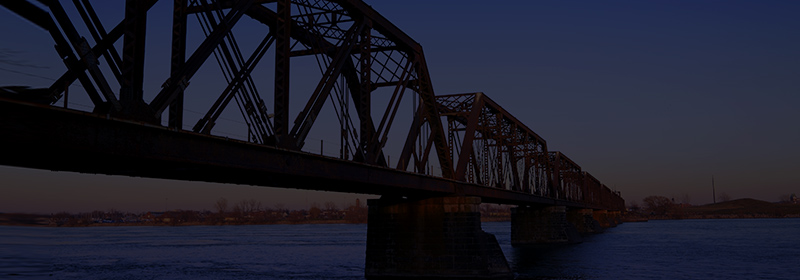New York, like every other state in the country, has laws that govern the safe operation of motor vehicles and pedestrians in and around the roadways. Understanding the right-of-way laws in New York is important for both drivers and anyone else walking or exercising near the road. Failure to follow the right of way laws could not only lead to traffic citations and fines, but also serious injuries if an accident occurs.
Right-of-Way Laws for Drivers
Drivers, you need to pay attention to the right of way laws in order to increase the safety for everybody on the roadway and avoid car accidents. This includes not only pedestrians but also bicyclists, motorcyclists, and other motorists. Right-of-way laws include:
- Intersections and traffic signals. Drivers have to follow stop signs, traffic signals, yield signs, and any other roadway indicator in order to maintain right-of-way safety.
- Turning at intersections. Turning at intersections is arguably one of the most dangerous driving maneuvers, even though it’s something we all do every day.
-
- Left turns. Drivers making left turns must yield to oncoming traffic and pedestrians crossing their path.
- Right turns. Drivers must yield to pedestrians in crosswalks before turning right.
- Uncontrolled intersections. When two vehicles approach an intersection without traffic signals or stop signs simultaneously, the vehicle on the left must yield to the vehicle on the right.
- Yield signs. Drivers approaching a yield sign should slow down, check for traffic, and be prepared to stop if necessary to let other vehicles or pedestrians pass.
If you followed the driver right of way laws and still got injured in an accident, please contact a Buffalo accident attorney as soon as possible.
Right-of-Way Laws for Pedestrians
Pedestrians, you have significant responsibilities as well on and around the roadways of New York. In particular, pay special attention to the following areas:
- Crosswalks. Pedestrians have the right of way at marked or unmarked crosswalks, and drivers must yield to them.
- Traffic signals. Pedestrians must follow traffic signals at intersections and wait for the appropriate pedestrian crossing sign before crossing.
- Crossing roads. If crossing a road where there is no intersection or crosswalk, pedestrians must yield to all vehicles and cross quickly.
- Sidewalks and roadways. Pedestrians should use sidewalks when available. If there are no sidewalks, pedestrians should walk on the left side of the road, facing oncoming traffic.
If you followed the pedestrian right of way laws and still got injured in an accident, please contact a Buffalo pedestrian accident attorney as soon as possible.
Right-of-Way Laws for Cyclists
Bicyclists, you deserve safe roadways as well, and safety begins with understanding various right-of-way laws that could apply to you:
- Bicycles as vehicles. Cyclists are subject to the same right-of-way rules as drivers and should yield at intersections as required.
- Bike lanes. Cyclists should use designated bike lanes whenever possible and yield to pedestrians at crosswalks and intersections.
- Sidewalks. Cyclists should avoid riding on sidewalks, especially in commercial areas, and follow local regulations.
- Signaling and turning. Cyclists must signal their turns in advance and yield to vehicles and pedestrians while turning.
If you followed the right of way laws for bicycles and was in an accident, contact a New York bicycle accident lawyer as soon as possible.
Penalties for Violating Right-of-Way Laws
Violating New York’s right-of-way laws can result in various penalties. This includes:
- Traffic citations and fines. Drivers can receive fines and points on their license for failing to yield.
- Accident liability. If a driver is found to have violated right-of-way laws and caused an accident, they may be held liable for damages.
- License suspension. Accumulating too many points on your license can lead to suspension or revocation.
- Increased insurance premiums. Traffic violations and accident liability can increase insurance rates.
